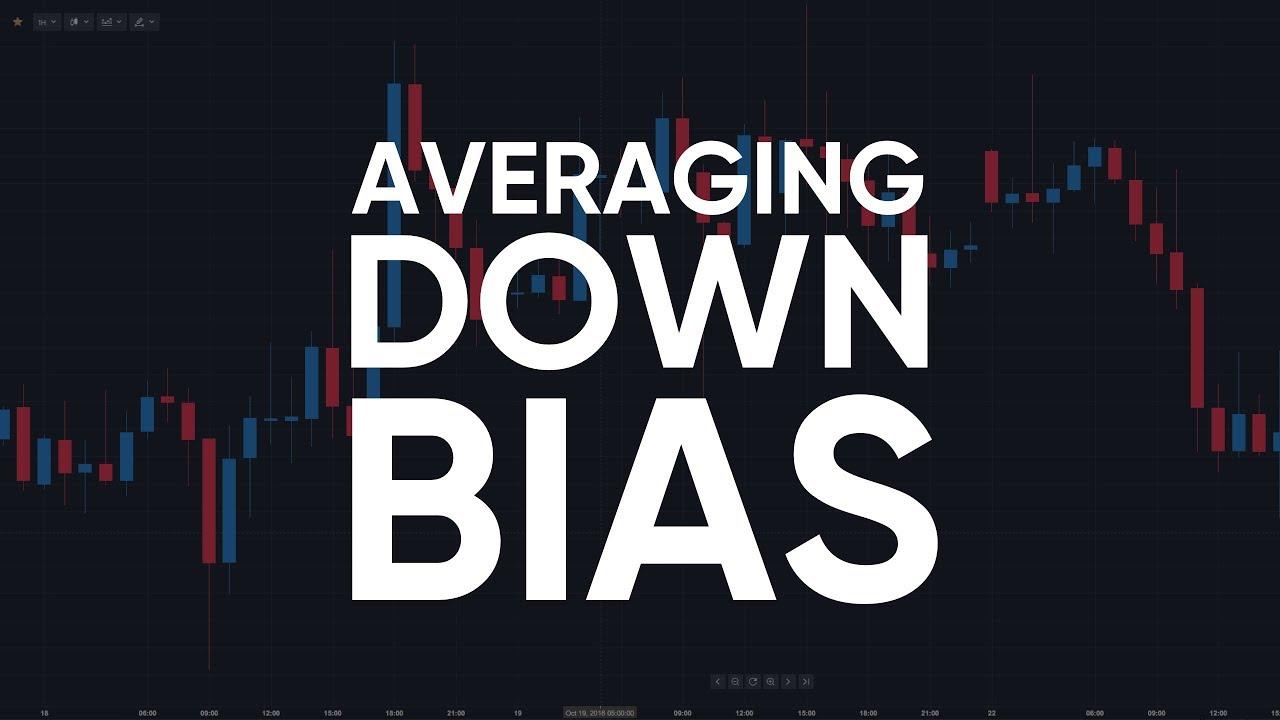Although investment and speculation are two terms that are often used interchangeably, the forex market deals with the latter. This does make it impossible for you to apply averaging strategies, although there is a higher degree of risk involved. Like the grid strategy, it encourages you to purchase more lots when the conditions turn unfavorable, but in order to implement it successfully, a trader must know what they are doing.
What is the averaging down strategy?
Suppose you’ve bought an asset or pair, and there is a sudden dip in its price. If in such a situation you buy more of this pair, it is called averaging down. Since this reduces the mean price of the pair, it is termed as averaging down. Due to this, the level beyond which the trade brings gains sinks to a lower level.
This is an extremely situational strategy. In case the pair’s value increases, the profitability of the trade improves, and additionally, you have a lower entry point. But, if the pair’s value depreciates, the amount of loss suffered on the first trade gets amplified. This is why traders often debate about whether or not this is a good strategy.
How does it work?

Imagine a scenario where a trader purchases a pair at $40, but then its value diminishes. But, if you are truly confident about the price of the pair going up in the future, you can purchase more of it. This will allow you to gain more pairs at a cheaper rate while also enhancing your future gains.
In the Forex market, you can lose a large amount of money overnight while using this scheme. Some long-term investors who like to trade against the market favor the averaging down strategy. The foremost among them is Warren Buffet, who has mastered it during his long years of trading.
Nevertheless, you should keep in mind that he has a large amount of capital that can protect him against market downturns for ages. He can simply purchase some securities because he feels their value is too low, not necessarily to bring down the mean price.
Of course, those who benefited from it can state that it’s an extremely effective trading scheme. If the price starts to go down, you have two choices in front of you. You can either continue with the strategy or exit your positions to prevent yourself from losing more money.
Hence, you must study the market carefully prior to applying this scheme. If the fundamental indicators are telling you that the price will be on a long downward surge, going ahead with this scheme can lead to huge losses. Conversely, if the market analysis reveals a strong price rise, this scheme can be effective, provided proper money management measures are in place.
While closing your positions, you can either do it in installments or all at once. You should do the latter only when your stop loss has been activated, or you have reached your profit target.
What are the risks?

While you are using this scheme for trading in pairs, you risk a larger part of your equity and portfolio. Since the size of your positions is bigger, any unfavorable market movement in the future impacts you greatly. Since the market has already made an initial unfavorable movement, it is quite likely that it will continue in the same direction.
Since margin accounts are used for Forex trading, it is your account leverage you’ll be dealing with, and this means that averaging down is exceptionally risky when it comes to currency trading unless you have an account size so large that you can take significant losses without bowing out of the market. A small mistake in market analysis can drain out small accounts.
How to manage the risks

Here are some of the ways you can manage your risks while using this strategy:
- You should not use the averaging down strategy with any pair. And, you should only employ this scheme for currency pairs whose values are not expected to crash and those that have a history of being stable. Those belonging to stable economies where the risk of inflation is low are ideal candidates for this scheme.
- Prior to employing this scheme, you should study the fundamental market conditions. You should make sure that the sizable dip in the currency’s value is just temporary and there is no large financial disaster brewing. The currency you are investing in must be studied for long-term growth and stability.
- As a general rule, traders using this strategy enter the market when it is chaotic. Because of increased panic among traders, highly-valued pairs might be bought at lower prices. Of course, your success depends on whether or not you choose a pair that is likely to endure the temporary chaos.
- Another thing you can do is employ this scheme only for a strong trend. As you know, even these trends have temporary dips, and if you can use the strategy during one of these, you can profit from the inevitable upwards price surge later.
Who can use this strategy?
This trading scheme is suitable for long-term investors who are not bothered about the short-term price changes since their analysis tells them that the pair price will appreciate in the future. Swing traders can also take advantage of upward and downward price swings with averaging down as well as day traders who exit their positions quickly.
Wrapping up
Averaging down can be a good idea when the market circumstances are right. It does carry a huge amount of risk, especially for those who are trading with small accounts, so it is better to avoid it if you are not 100% confident about future price movements.
